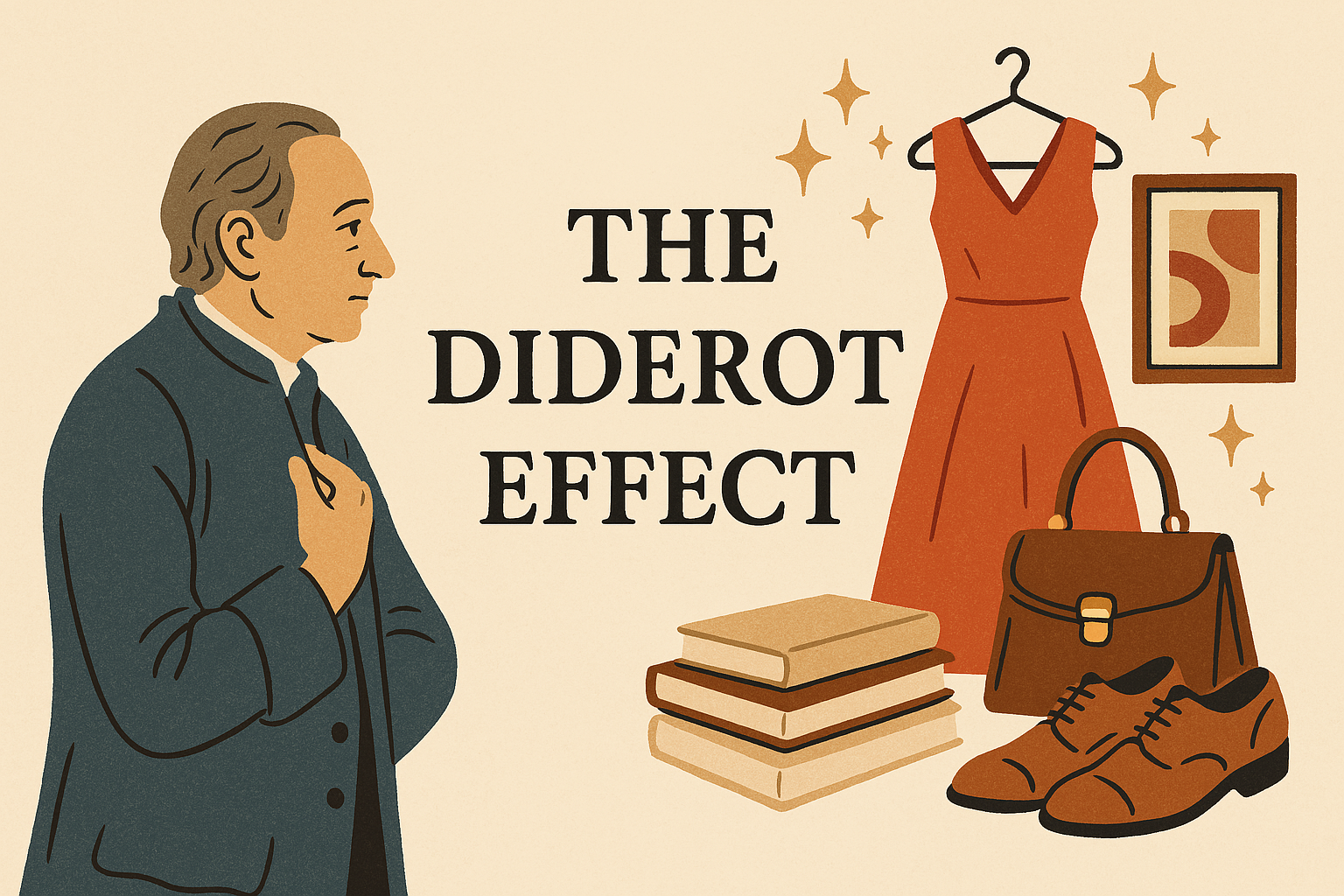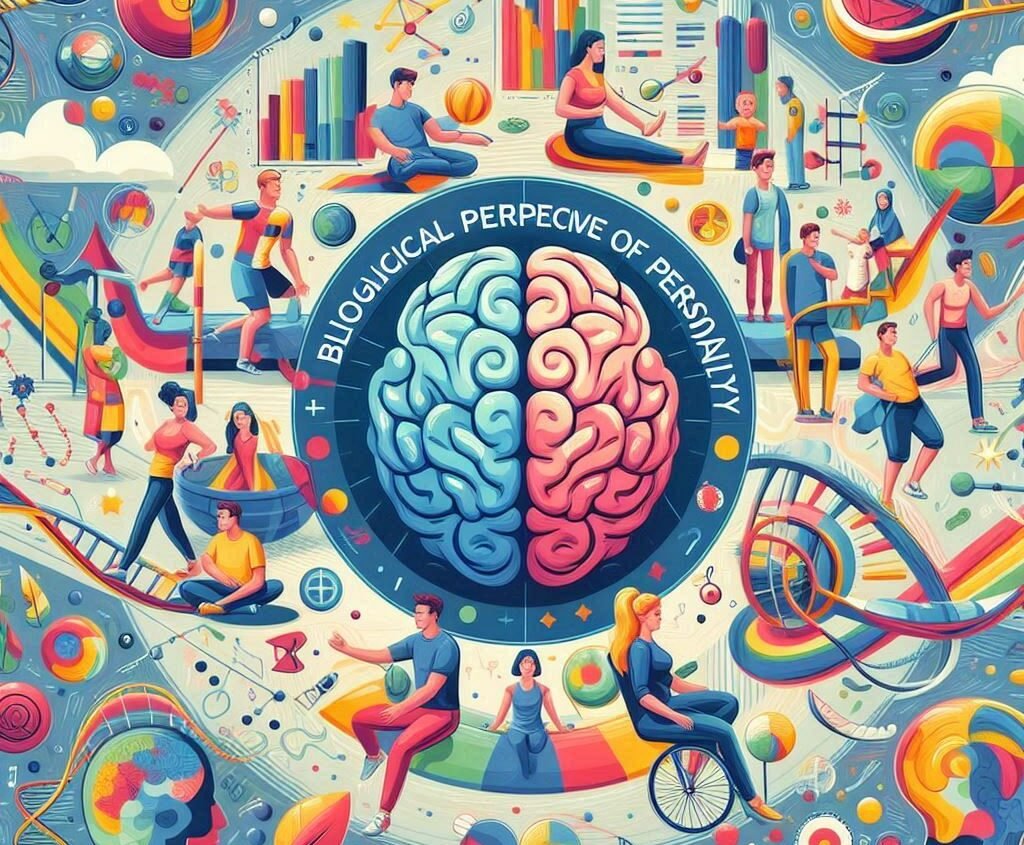
Have you ever felt something deeply — anxiety, sadness, even excitement — but struggled to put it into words? For most people, emotions come with labels: “I’m frustrated,” “I’m nervous,” or “I’m thrilled.” But for some, those labels never come. This condition is called Alexithymia — a psychological phenomenon where a person has difficulty identifying, describing, or even being aware of their own emotions.
People with alexithymia aren’t emotionless. They feel just like anyone else — but there’s a disconnect between what they feel and how they process it. Instead of saying “I’m upset,” someone with alexithymia might say “I just feel off” or complain about a physical symptom like a headache or tight chest. This makes it hard to communicate needs, maintain relationships, or even understand why they’re reacting a certain way.
The term Alexithymia was first introduced in the 1970s by Dr. Peter Sifneos, a Harvard psychiatrist. He noticed that many patients, particularly those with psychosomatic illnesses (physical symptoms with no clear medical cause), had trouble describing their emotions. They often used vague, factual language instead of expressing how they felt emotionally. Since then, numerous studies have confirmed alexithymia as a real and measurable trait, not a disorder — though it’s often seen alongside conditions like depression, autism spectrum disorder, and PTSD. It’s estimated that about 10% of people show signs of alexithymia to some degree.
Understanding alexithymia has big implications, especially in therapy and emotional well-being. If someone can’t name what they feel, it’s harder to process, regulate, or heal from it. But with awareness and guided support (like emotion-focused therapy), many people can gradually build emotional vocabulary and connection. Learning to feel — and name those feelings — can be life-changing.
RELATED POSTS
View all


